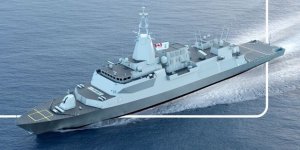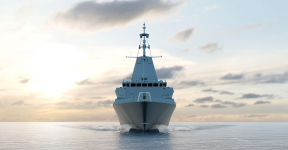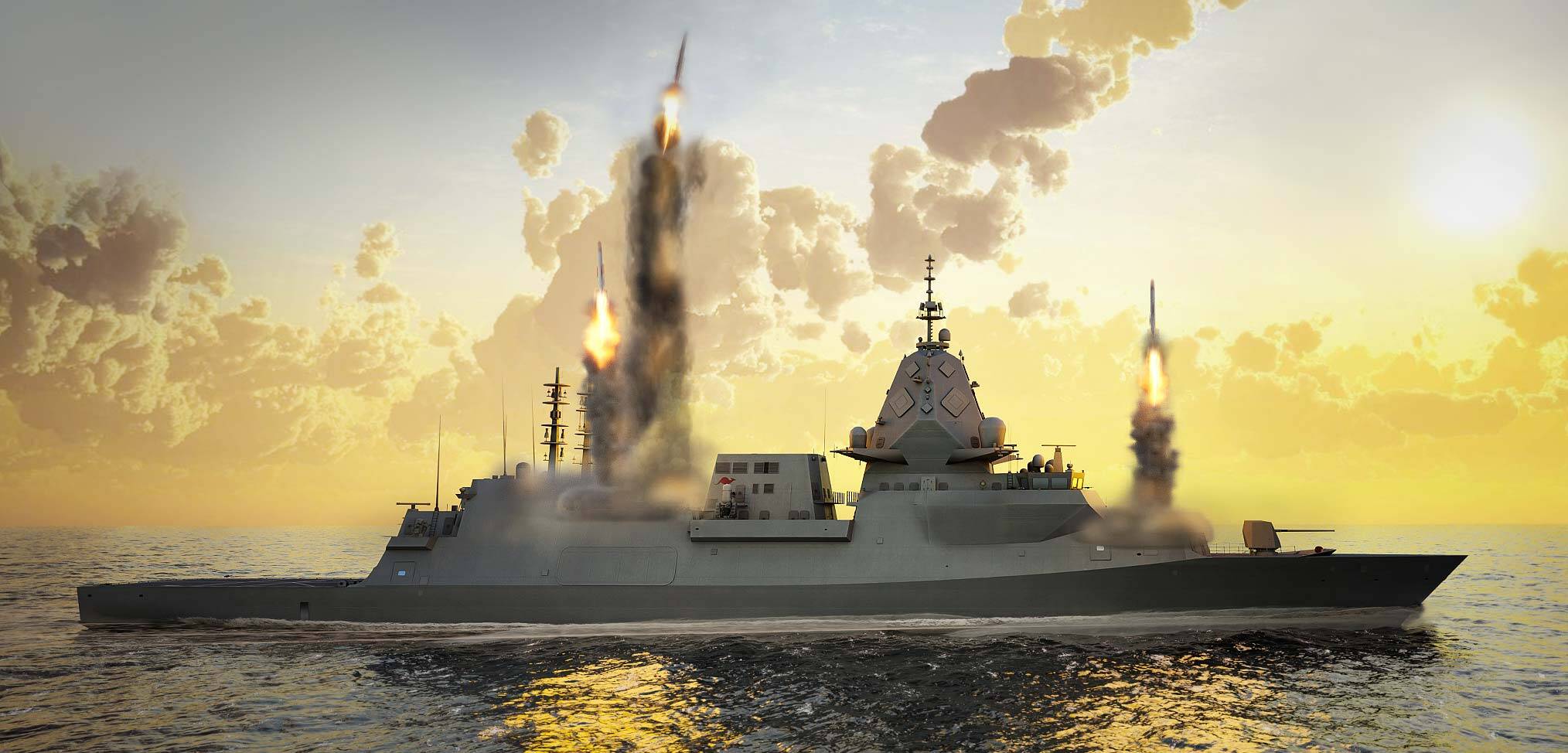- Reaction score
- 8,535
- Points
- 1,160
If I have a conventional tank with four crew and I start adding robot tanks to the mix should I put all four tankers in one command tank and add three robot tanks for them to control remotel? Or should I make all four robot tanks and add one tanker to each of the robot tanks to be able to control the tanks when comms fail?
Similar question for the navy. If the navy needs missiles in the air then do you put 200 sailors into one hull and add three robot arsenal ships with the requisite number of missiles or do you spread the 200 sailors around the four automated hulls and man each of them with a crew of 50?
The group of 4 hulls then becomes your minimum wartime force element.
Similar question for the navy. If the navy needs missiles in the air then do you put 200 sailors into one hull and add three robot arsenal ships with the requisite number of missiles or do you spread the 200 sailors around the four automated hulls and man each of them with a crew of 50?
The group of 4 hulls then becomes your minimum wartime force element.








